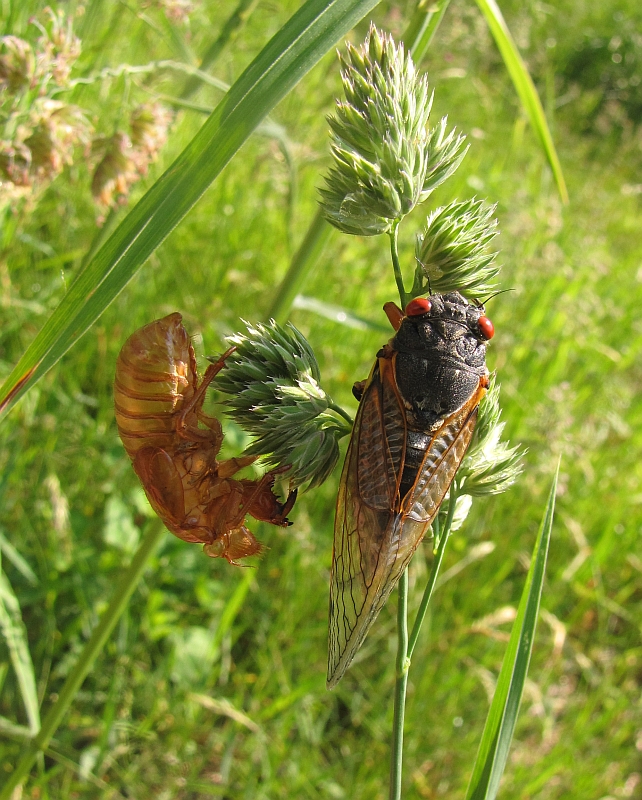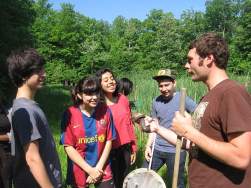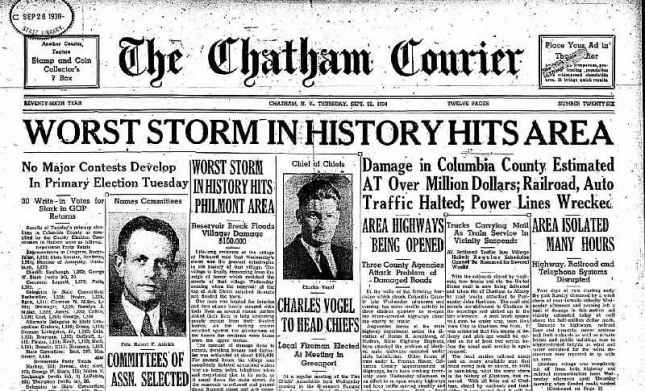I’m not sure why I first noticed them. Compensation for my dulling vision? A momentary spat of decongestion that loosened up my ears? An entomological bumper crop mirroring the fruit season? In any case…. there they were. Or weren’t, as the case may be. Many sounds. Little to see.
A Member of The Hawthorne Valley Association



